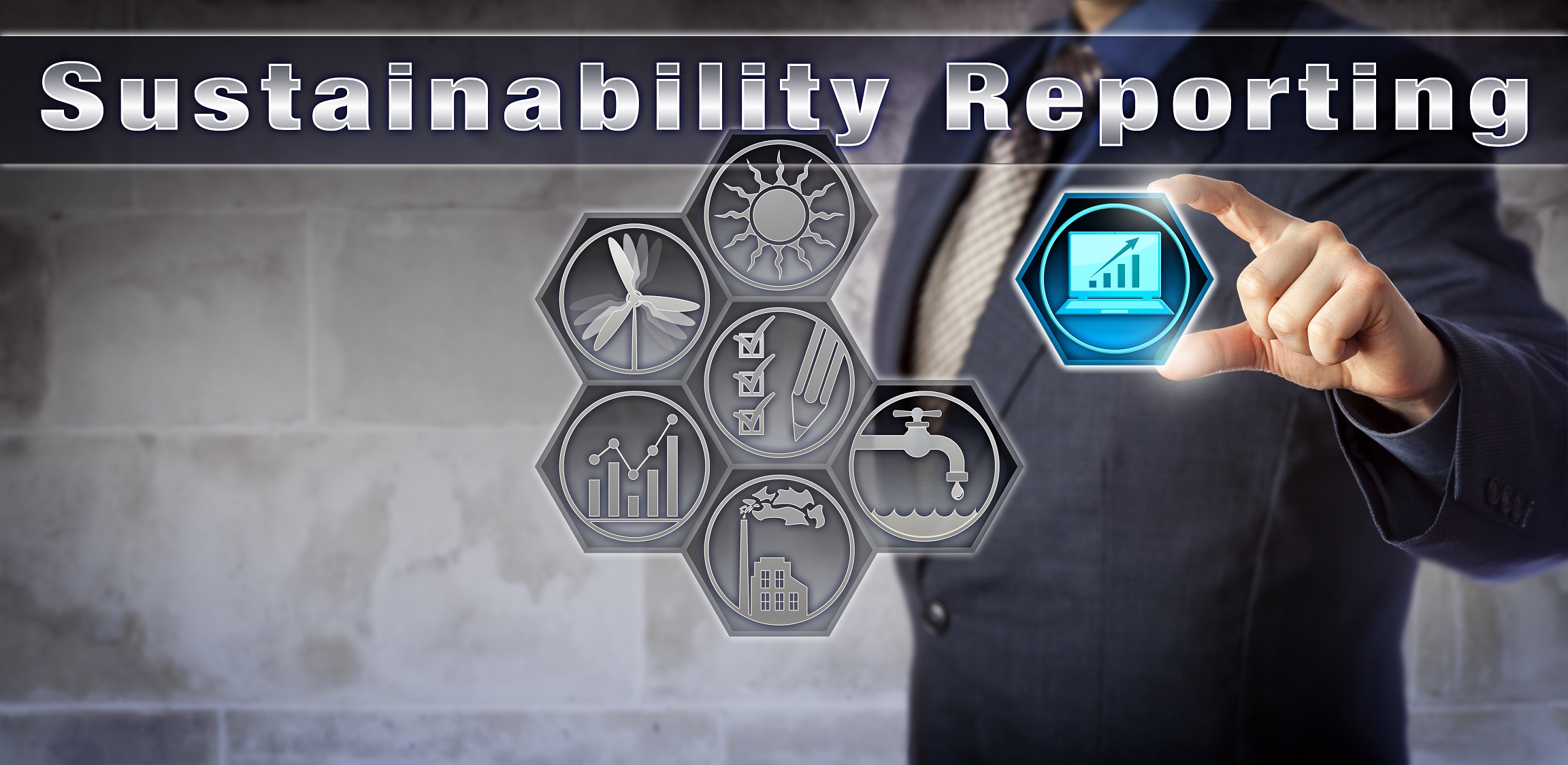
While mining companies have significantly improved their sustainability reporting in the last few decades, investors and other stakeholders are still concerned about the quality and quantity of sustainability disclosure. Also, the disclosure policies of mining companies vary widely. One concern is whether the quality and quantity of sustainability disclosure actually corresponds with sustainability performance. We in the Mine Sustainability Modeling Research Group have been looking into this issue with our economics and business collaborators, Drs. Mahelet Fikru and Li Li Eng. At the just ended SME Annual Meeting, we presented our preliminary findings.
The goal of our work was simply to explore the relationship between disclosure policy (decision to disclose on a SASB-recommended topic and quality of disclosed statements) and the actual sustainability performance of a sample of 21 publicly traded mining companies. We used the SASB disclosure metrics because those standards are geared towards disclosures that are financially material.
We used water and energy use as our sustainability performance metrics. Using the SASB Navigator, we pulled disclosure metrics for the 62 companies listed as being in the Metals & Mining sector in 2018. Out of these, we were able to find water (m3) and energy use (gigajoules) performance for 21 of these companies. We then run correlation analysis to test the correlation between the SASB quality and quantity metrics and energy and water use. There are some more details in the slides below and our paper (you can contact us for a copy if interested).
The main conclusions of our preliminary analysis are:
- Firms with high energy use are also the ones with the highest quantity and quality of sustainability disclosures.
- The strength of the correlation between sustainability performance and disclosure is likely to depend on firm characteristics such as ownership, institutional membership, and firm size
This will imply that investors should not judge sustainability performance based solely on the amount and quality of
sustainability disclosures. Some firms with good disclosure (as measured by the number of topics disclosed and the “quality” of the disclosures) may not necessarily be the ones with the best sustainability performance. This also means there is room for companies that have good sustainability performance to improve their sustainability reporting as a way to take full advantage of their superior performance in the market.
Let us know what you think about our work by leaving comments below.